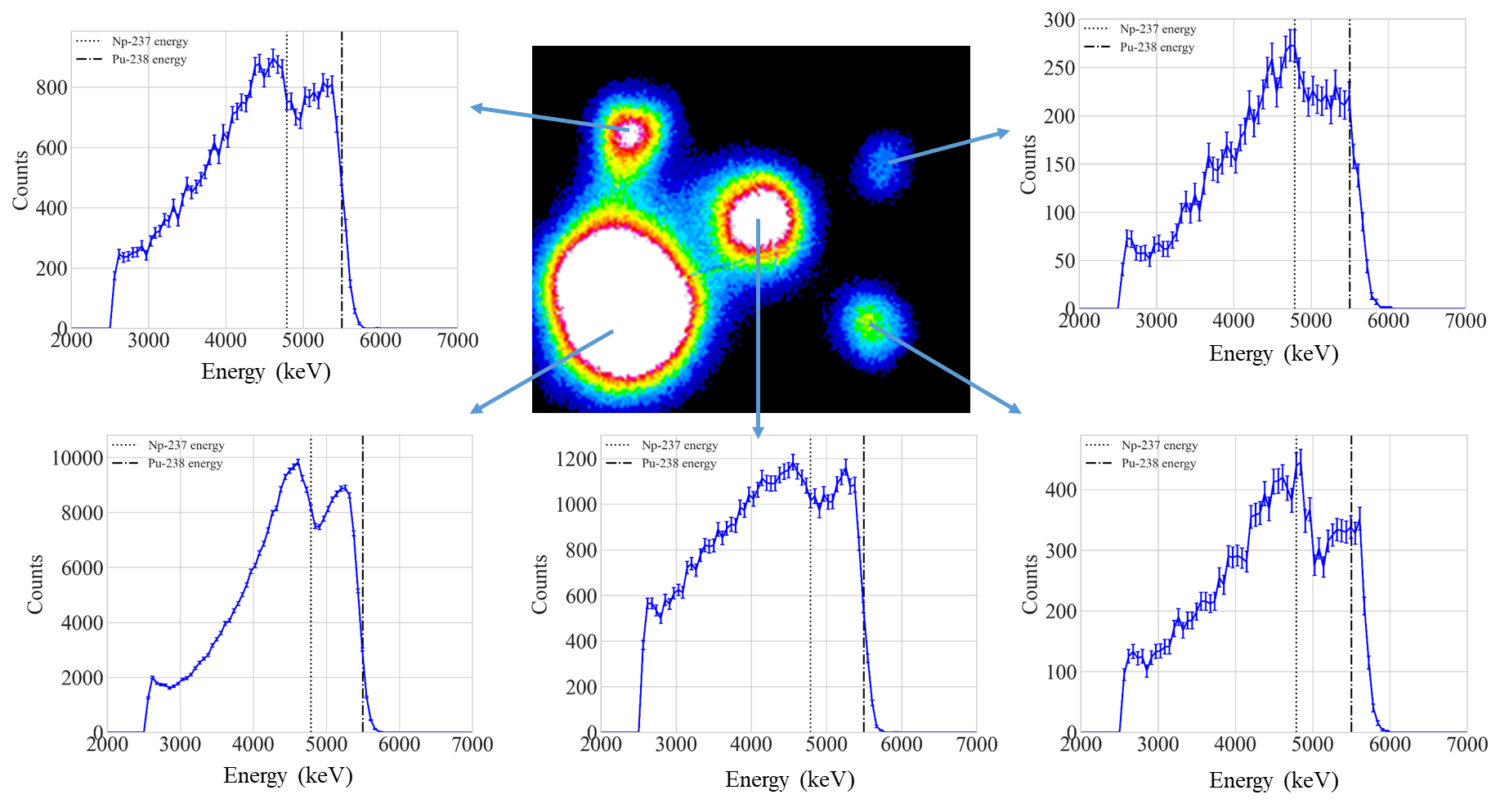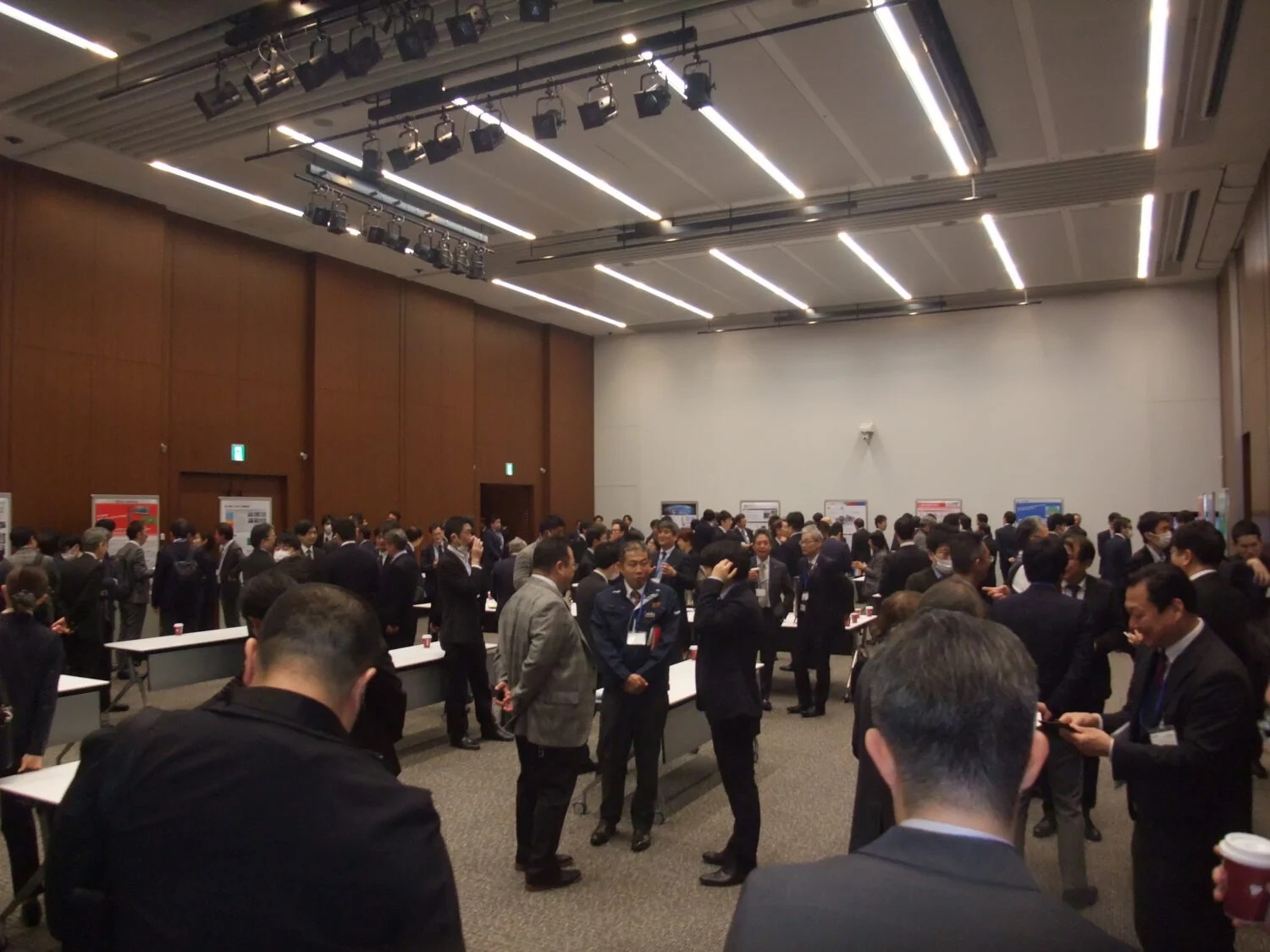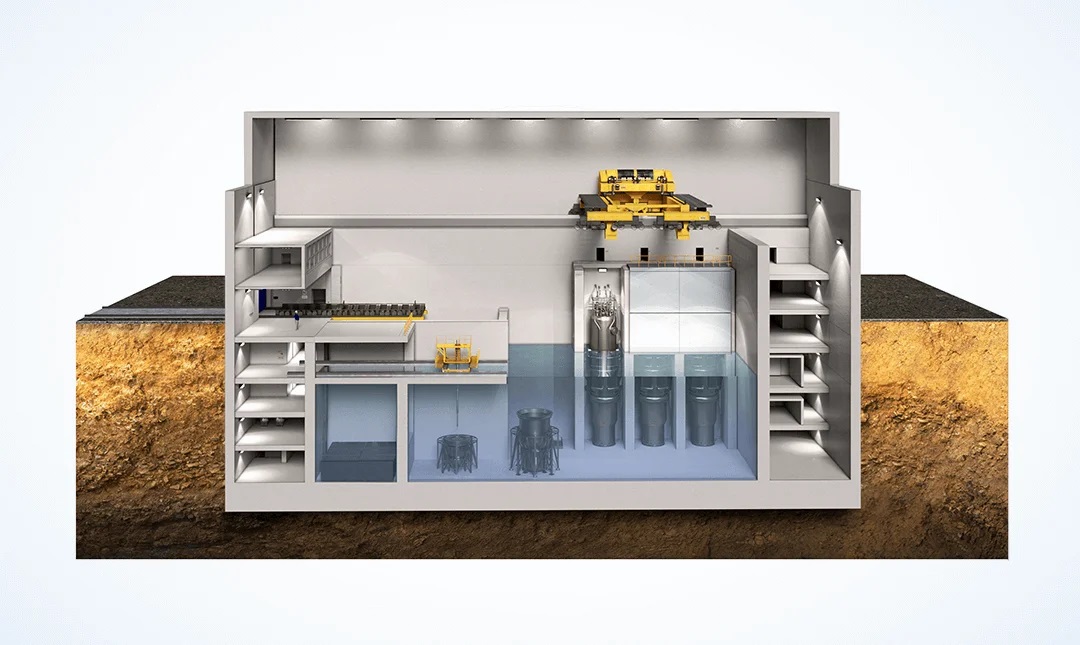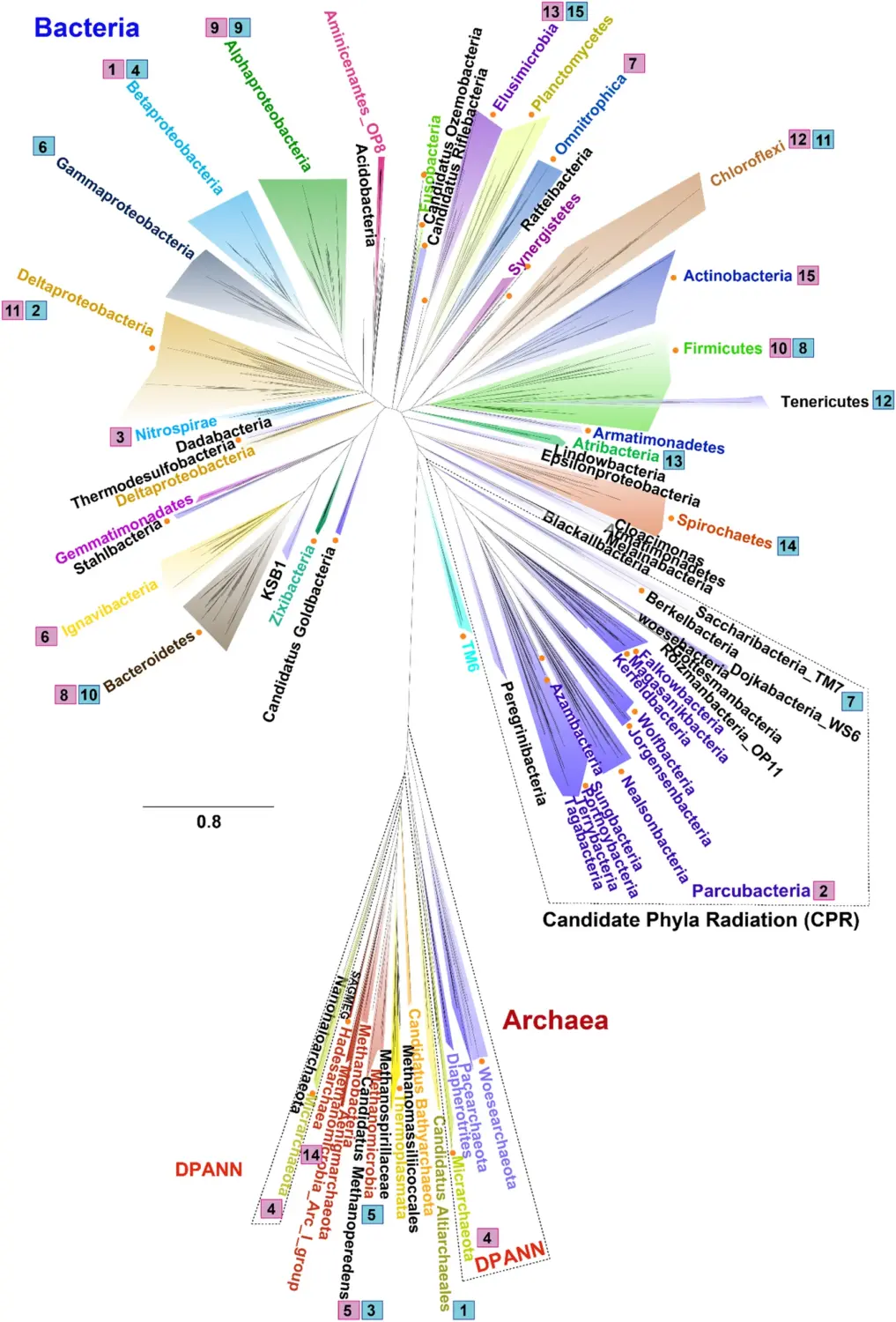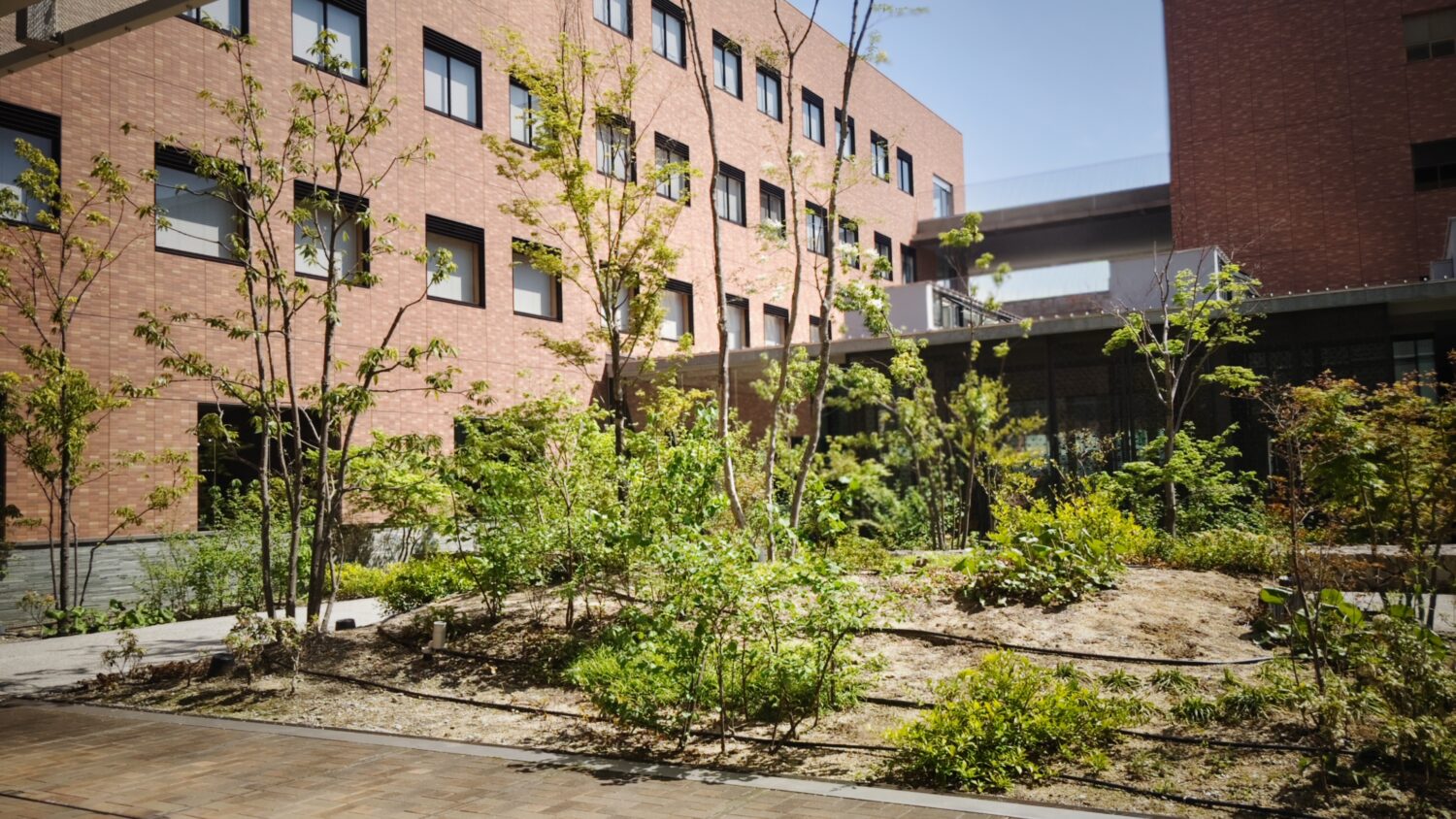Launched in 2007, the CT Aquilion ONE was the world’s first computed tomography (CT) diagnostic imaging system featuring a 320-row area detector able to scan 16cm at a time. With its 16-cm detector, the CT Aquilion ONE can scan entire organs, such as hearts or brains, in a single rotation.
The first Aquilion ONE unit was purchased by the Radiological Society of North America in November 2007, and the machine immediately captured worldwide attention. Clinical applications since then have demonstrated its usefulness, as it has revolutionized the use of CT, enabling dynamic, functional diagnoses as well morphology uses. It is also renowned for making the workflow more efficient.
The first-generation Aquilion ONE/Global Standard Edition, released in 2007, incorporated the latest technology and applications at the time, including faster rotation speeds, additional reduction of radiation doses, and next-generation detectors.
Later, the state-of-the-art technology developed for Aquilion ONE — which evolved into the 2nd and 3rd generations — was incorporated into the entire Toshiba CT line-up. In particular, AIDR 3D — technology to reduce radiation doses through iterative reconstructions — is now standard in all Toshiba CT models, reflecting the company’s determination to reduce all CT doses by half.
Launched in April 2015 and known as “FIRST” — standing for Forward projected model-based Iterative Reconstruction SoluTion — AIDR 3D delivers high-quality images at low doses, further expanding the possibilities for area-detector CT.
This year, Toshiba CT will celebrate four decades of operation. Its products comprise almost half of all CT units now used at Japanese medical institutions, as well as one-fourth of those worldwide. The company is proud of the significant role it plays in the field of image diagnostics.



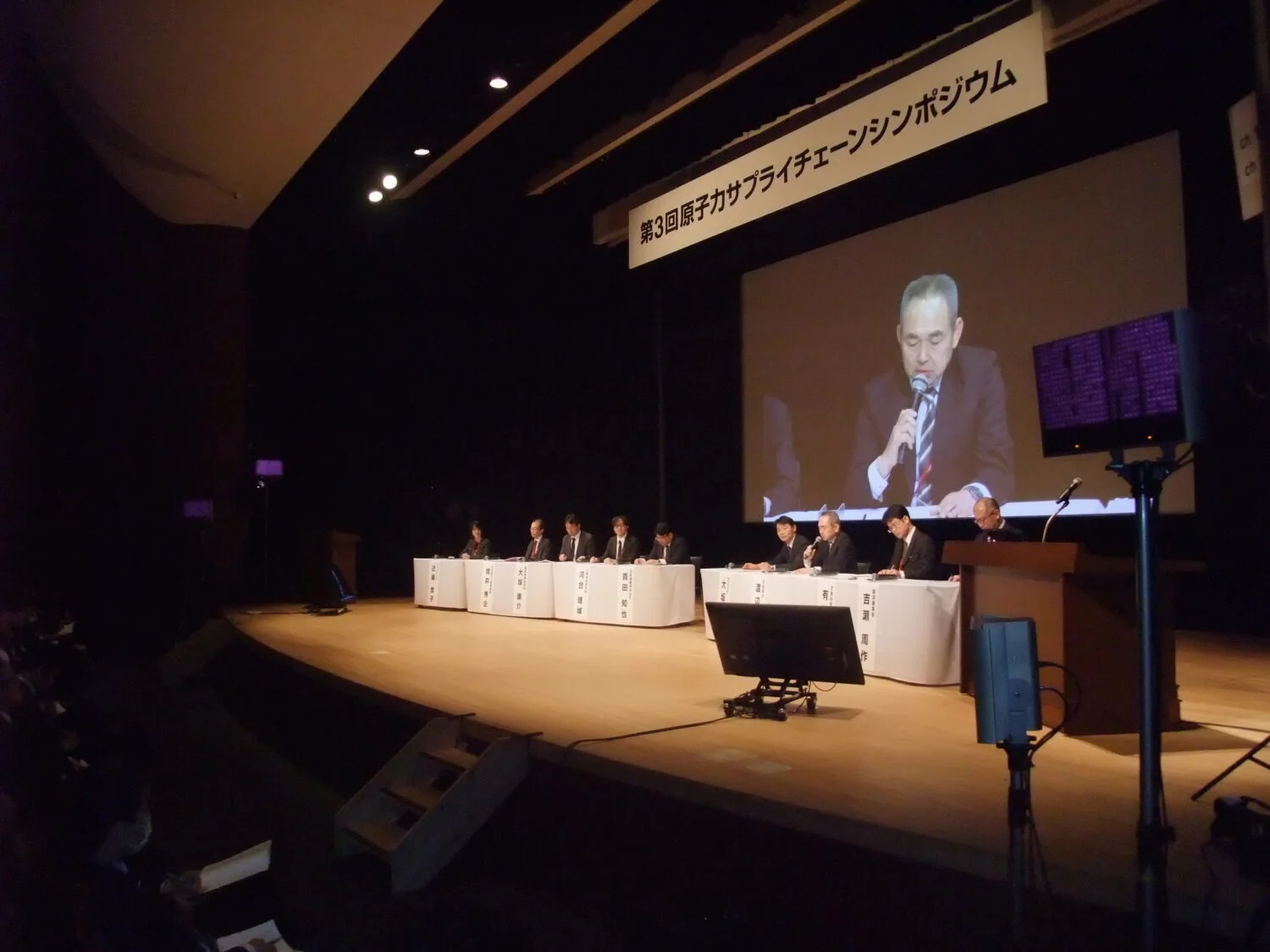
-1.png)

